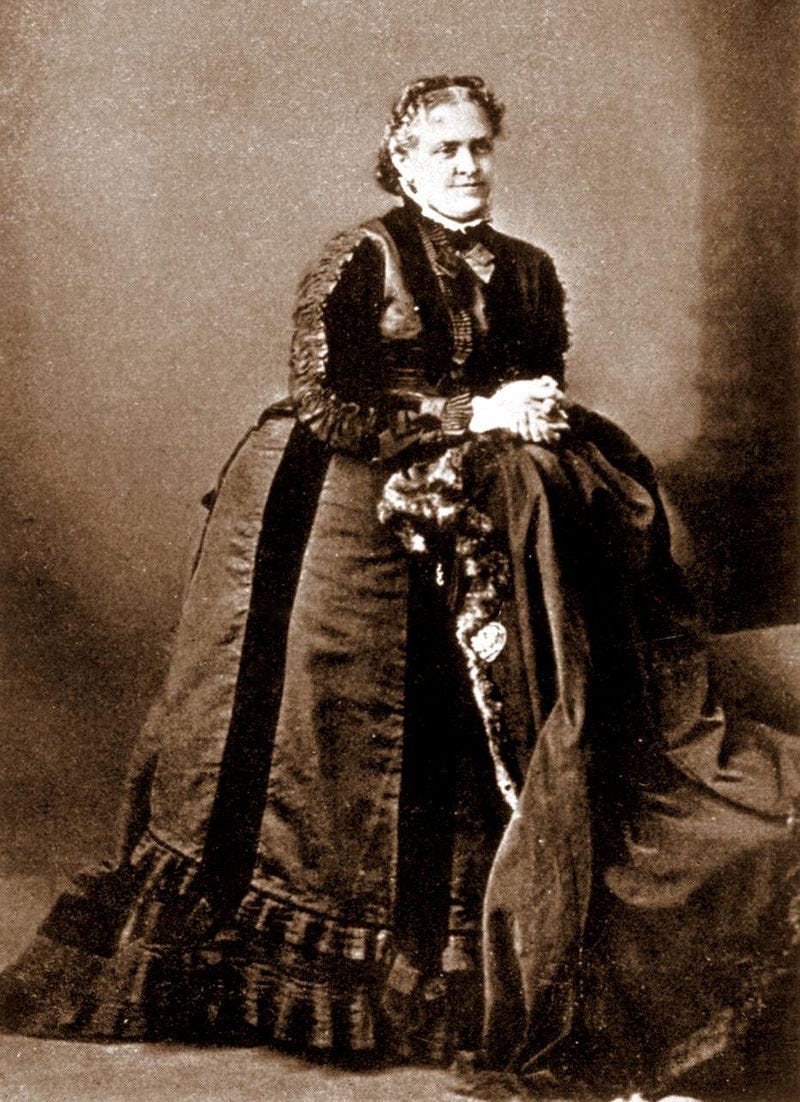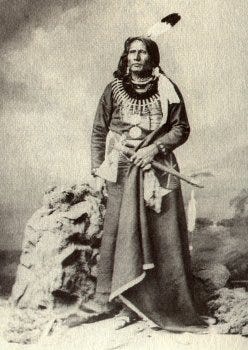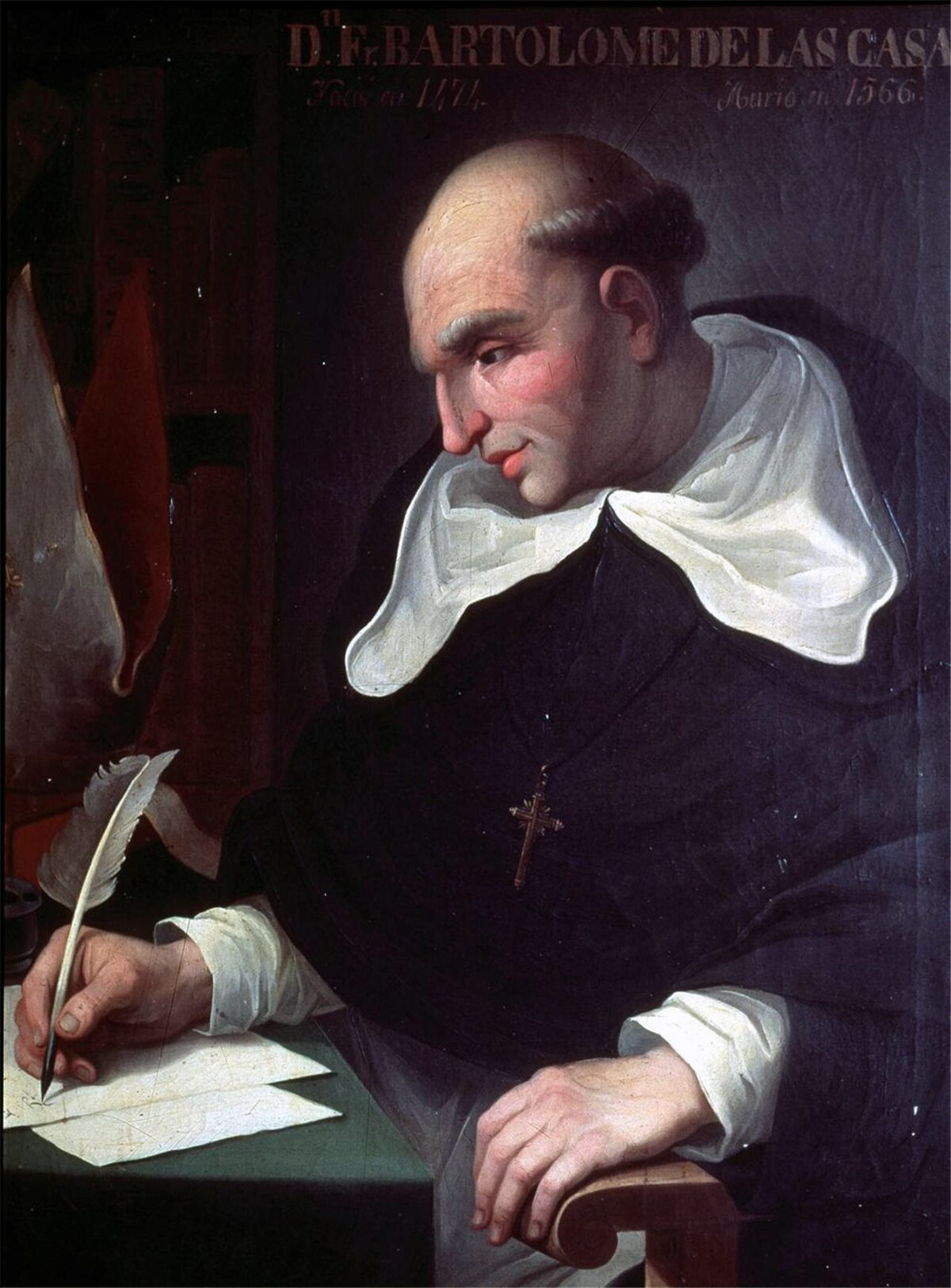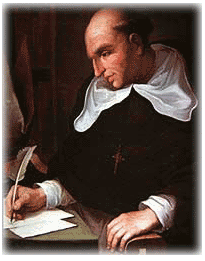5fish
Well-Known Member
- Joined
- Jul 28, 2019
- Messages
- 10,708
- Reaction score
- 4,558
Helen Hunt Jackson wrote a book in 1881 about the plight of American Indians...
In 1881, Helen Hunt Jackson published her stirring protest against American mistreatment of the Indians, A Century of Dishonor.

 en.wikipedia.org
en.wikipedia.org
A fiery and prolific writer, Jackson engaged in heated exchanges with federal officials over the injustices committed against the Ponca and other American Indian tribes. Among her special targets was U.S. Secretary of the Interior Carl Schurz, whom she once called "the most adroit liar I ever knew."[14] She exposed the government's violation of treaties with American Indian tribes. She documented the corruption of US Indian agents, military officers, and settlers who encroached on and stole reserved Indian lands.
Snip...
Jackson wrote a book, the first published under her own name, in which she condemned state and federal Indian policies. She recounted a history of broken treaties. A Century of Dishonor (1881) called for significant reform in government policy toward Native Americans.[16] Jackson sent a copy to every member of Congress with a quote from Benjamin Franklin printed in red on the cover: "Look upon your hands: they are stained with the blood of your relations.
This links tells more about her early life...
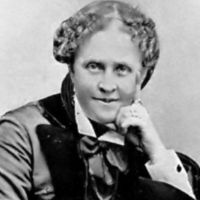
 www.massmoments.org
www.massmoments.org
On this day in 1830, an Amherst College professor and his wife rejoiced at the safe delivery of their second child, Helen Maria Fiske. A lifelong friend of Emily Dickinson and a talented poet in her own right, Helen Fiske Hunt Jackson would become one of the most admired and prolific authors of her time. Her poems, essays, travel sketches, and children's stories were widely published in the 1860s. On a visit to Boston in 1879, she heard an Indian chief speak about the injustices his people had suffered at the hands of the U.S. government. Never before involved in reform, Jackson was moved to action. She became a crusader for Indian rights and devoted the rest of her life to the cause.
Snip...
Influenced by the immense success and power of her friend Harriet Beecher Stowe's Uncle Tom's Cabin, Jackson returned to writing fiction. Her 1884 classic Ramona, a romantic novel about a half-Native American, half-Spanish woman and her Native American husband, was a popular and critical success, but it did little to change public attitudes towards Indians. Hunt was only 55 when she died in 1885. Had she lived, she would no doubt have been disappointed that the book's greatest impact may have been to draw tourists to the southern California Missions where it was set. Hollywood used the novel as the basis of at least four films between 1910 and 1936. However, in the long run, her work did serve as an influence to others interested in Native American rights.
In 1881, Helen Hunt Jackson published her stirring protest against American mistreatment of the Indians, A Century of Dishonor.

Helen Hunt Jackson - Wikipedia
 en.wikipedia.org
en.wikipedia.org
A fiery and prolific writer, Jackson engaged in heated exchanges with federal officials over the injustices committed against the Ponca and other American Indian tribes. Among her special targets was U.S. Secretary of the Interior Carl Schurz, whom she once called "the most adroit liar I ever knew."[14] She exposed the government's violation of treaties with American Indian tribes. She documented the corruption of US Indian agents, military officers, and settlers who encroached on and stole reserved Indian lands.
Snip...
Jackson wrote a book, the first published under her own name, in which she condemned state and federal Indian policies. She recounted a history of broken treaties. A Century of Dishonor (1881) called for significant reform in government policy toward Native Americans.[16] Jackson sent a copy to every member of Congress with a quote from Benjamin Franklin printed in red on the cover: "Look upon your hands: they are stained with the blood of your relations.
This links tells more about her early life...

Indian Rights Activist Born in Amherst
On this day in 1830, an Amherst College professor and his wife rejoiced at the safe delivery of their second child, Helen Maria Fiske. A lifelong friend of Emily Dickinson and a talented poet in her own right, Helen Fiske Hunt Jackson would become one of the most admired and prolific authors of...
On this day in 1830, an Amherst College professor and his wife rejoiced at the safe delivery of their second child, Helen Maria Fiske. A lifelong friend of Emily Dickinson and a talented poet in her own right, Helen Fiske Hunt Jackson would become one of the most admired and prolific authors of her time. Her poems, essays, travel sketches, and children's stories were widely published in the 1860s. On a visit to Boston in 1879, she heard an Indian chief speak about the injustices his people had suffered at the hands of the U.S. government. Never before involved in reform, Jackson was moved to action. She became a crusader for Indian rights and devoted the rest of her life to the cause.
Snip...
Influenced by the immense success and power of her friend Harriet Beecher Stowe's Uncle Tom's Cabin, Jackson returned to writing fiction. Her 1884 classic Ramona, a romantic novel about a half-Native American, half-Spanish woman and her Native American husband, was a popular and critical success, but it did little to change public attitudes towards Indians. Hunt was only 55 when she died in 1885. Had she lived, she would no doubt have been disappointed that the book's greatest impact may have been to draw tourists to the southern California Missions where it was set. Hollywood used the novel as the basis of at least four films between 1910 and 1936. However, in the long run, her work did serve as an influence to others interested in Native American rights.



